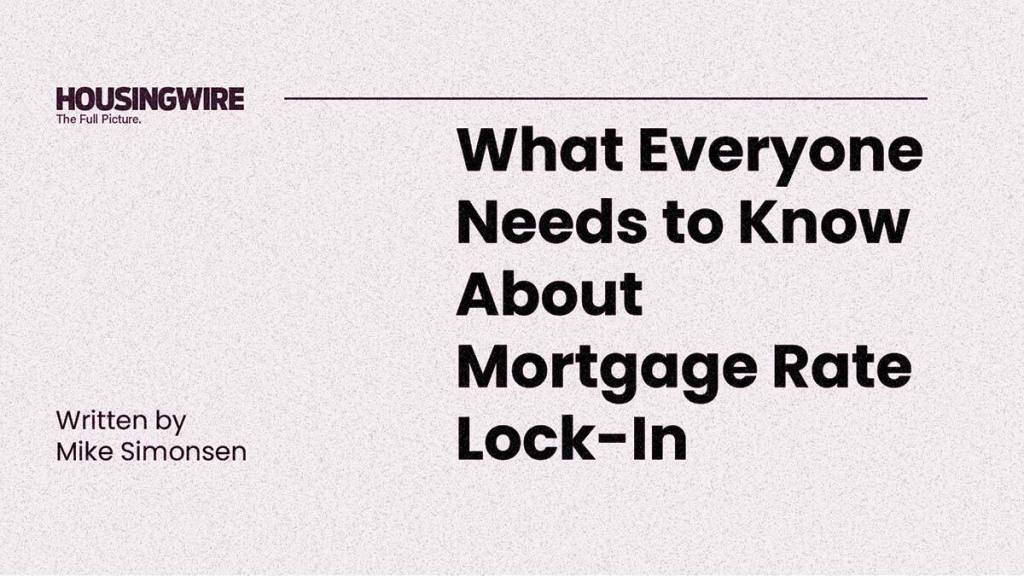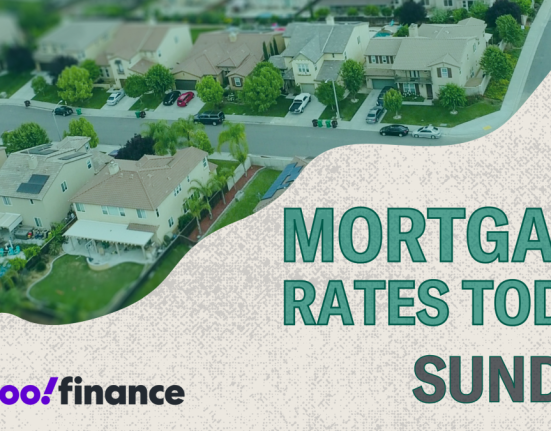Mortgage rate lock-in happens because even small changes in mortgage rates can make a big difference in costs. For example, for a home priced at $390,000 — the median price for a single-family home in the U.S. in April 2024 — with a 10% down payment, a typical mortgage would be approximately $350,000.
For every 50 basis point change in mortgage rates, the monthly payment for this house would change by $112.In the 24 months beginning March 2022, the U.S. housing market saw dramatic changes in affordability as mortgage rates skyrocketed 500 basis points.
However, if you ask, most people think the mortgage lock-in occurred in 2022. It actually started several years before that.
Why the lock-in started earlier than 2022
In a HousingWire Research paper, using Altos Research housing data, we dug into this phenomenon and unveiled a new approach to analyzing lock-in – inventory opposed to transactions – revealing surprising insights that may change your view on how the real estate and mortgage sectors will perform in coming years.
Using proprietary data from Altos Research, we identify the root causes of the lock-in effect, explain how it’s shaping today’s market, and forecast what may happen next.
FHFA in its March 2024 research paper, The Lock-In Effect of Rising Mortgage Rates, quantified the degree to which rising mortgage rates slowed housing purchases in 2023. Researchers developed a framework for estimating the number of home sales in 2024 based on the current levels for mortgage rates. They concluded that the net effect of rapidly rising mortgage rates led to 1.3 million fewer home sales between March 2022 and December 2023. A homeowner with a 4% mortgage is 50% less likely to sell their home when rates are at 7% than if prevailing rates were still at 4%.
A novel approach
The authors used a novel approach to determining if a home didn’t sell. They compared fixed-rate mortgages to adjustable rate mortgages. Homeowners with adjustable rate mortgages aren’t subject to lock-in because their rates are adjusted. What’s not measured in the FHFA paper is how by 2023, seller volume had already been declining for nearly a decade.
By Q1 2015, more than 60% of American homeowners with mortgages had rates locked in under 5%. By Q1 2022, 80% of mortgage holders were locked in with their incredibly cheap financing.
In that period, we can see seller volume decreasing as more and more Americans had mortgages under 5%. In other words, it’s not just the difference between the prevailing mortgage rate and the rate you hold, it’s actually just having a really great deal. It’s simple: When money is very cheap, we want to own real estate. The lower mortgage rates go, the fewer homesellers we have.
We see the same pattern in the new listings rate each week. Throughout most of the last decade, fewer sellers entered the market each year. We’ve illustrated that shrinking market trend below by showing the average number of new listings in the first 14 weeks of each year.

In 2020 and 2021, home sales dramatically accelerated with plummeting mortgage rates. By watching the unsold inventory data, we can observe that demand accelerated more than supply at this time. It could be argued that home sales would have been greater if more homes were available to be purchased. We call this a supply-constrained market. Part of the home sales slowdown in 2023 was due to a lack of inventory. This was a supply-constrained market. In 2024 as inventory increases, we can see the rate of sales increasing as well. This is despite the fact that mortgage rates are still climbing.
This is why using inventory as a measure of lock-in is more useful than sales, because sales is not an adequate measure of demand in a supply-constrained market. In most of the years of the last decade, demand for homes exceeded the available supply, keeping a lid on sales and pushing home prices to new levels of unaffordability.
The lock-in didn’t start in 2022 when rates rose. We assert that the lock-in started in 2014 when rates started falling and homeowners grew ever more reluctant to sell.
Want more insights into the mortgage rate lock-in and how you can apply this data to your business? Purchase HousingWire Research’s paper: The mortgage rate lock-in effect is shaping today’s market.







